
August 12, 2024
As we navigate an unusually wet summer season, you may have noticed some changes in your lawn and garden. The excessive rain has significantly impacted lawn and plant health, leading to increased weed growth, causing a surge in fungal issues, and challenges with soil drainage. Fortunately, many of these issues can be resolved with simple…

April 2, 2024
This winter, we had the exciting opportunity to bring Fox Valley Tree Care into our Vande Hey Company family. Along with the expansion of our services to include tree care and removal, we are thrilled to bring in a team of highly skilled arborists and green industry professionals. With that, we look forward to sharing…

October 26, 2023
“Autumn is here! With plenty of beautiful fall days still ahead, now’s the perfect time to tackle a few simple tasks that will boost your backyard and patio landscaping for the seasons to come. In fact, fall is a critical season for yard maintenance, setting the foundation for a lush, vibrant landscape in the spring….

April 19, 2022
The snow has finally melted, those first few signs of growth are peeking out of the planting beds, and the sun is warming up a little more with each passing day. Many of us are starting back in on lawn and landscape care, hoping to nip last year’s problems in the bud, and setting sights…

February 9, 2022
The sun is warming, the birds are singing, and each day is a step closer to the long-awaited spring! If you’re already planning out your vegetable garden, dreaming of bright bursts of colorful annuals, and eager to get your hands back in the soil, you aren’t alone. Now is the perfect time for planning, though,…
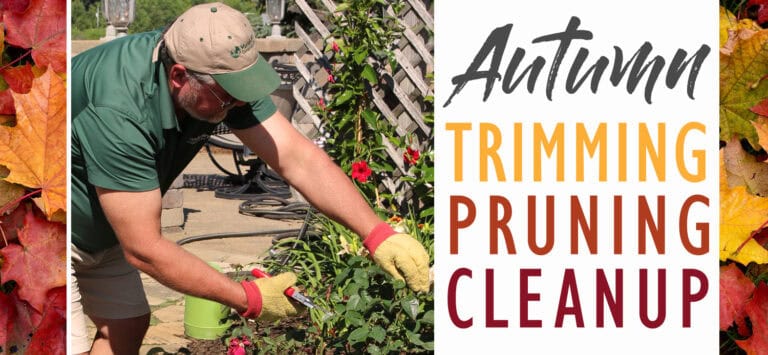
September 29, 2021
To cut down, or not to cut down? Now that fall has arrived, many gardeners find themselves wondering whether they should cut back their perennials and seasonal plantings now or wait until spring. For most perennials, the answer depends on what you want from your landscape during the winter months. If your concept of the…
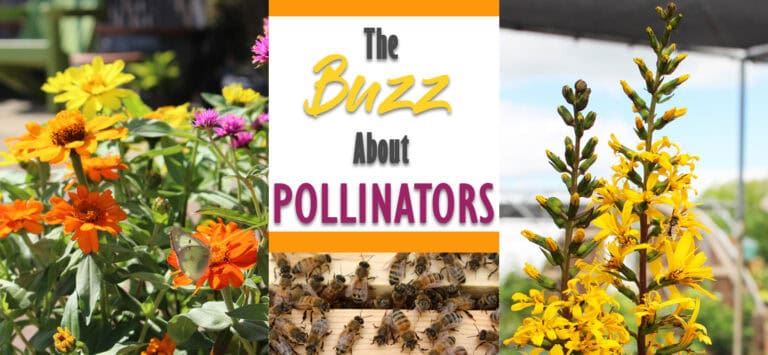
June 24, 2021
Summer is in full swing, the gardens are full of luscious plants and beautiful blooms, and you probably have seen a wealth of insects, birds, and butterflies buzzing around your yard and beds. These small creatures, also known as pollinators, play a crucial role in plant reproduction and sustaining our ecosystems. In fact, 75% –…
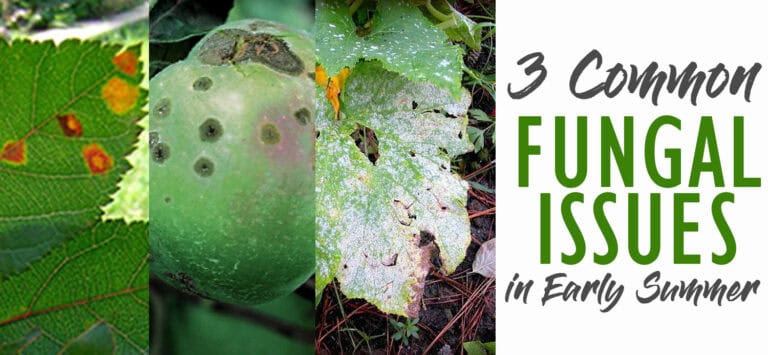
June 2, 2021
Early summer brings with it the excitement of watching your beds bloom, your vegetables sprout up, and your trees blossom. But the unwelcomed presence of fungus can put a damper on your yard, affecting your garden’s yield, damaging foliage, and inhibiting growth. The good news is that most fungal problems can be solved and prevented…
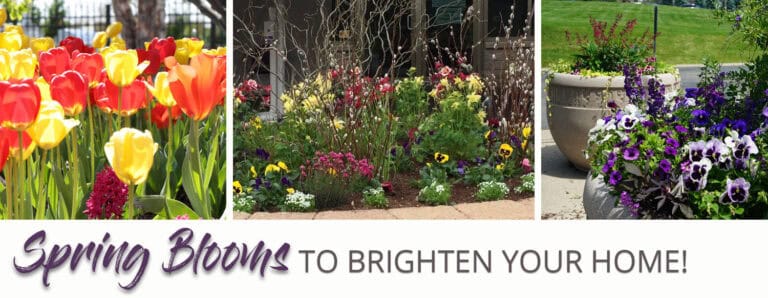
March 31, 2021
We’ve reached that unique time of year when the sun begins to warm our daytime hours, but the ground is still cool and the nights downright frosty (literally). And chances are, your beautiful winter container arrangements are beginning to look…. well… a little crispy. Its the time of year that makes us all eager for…
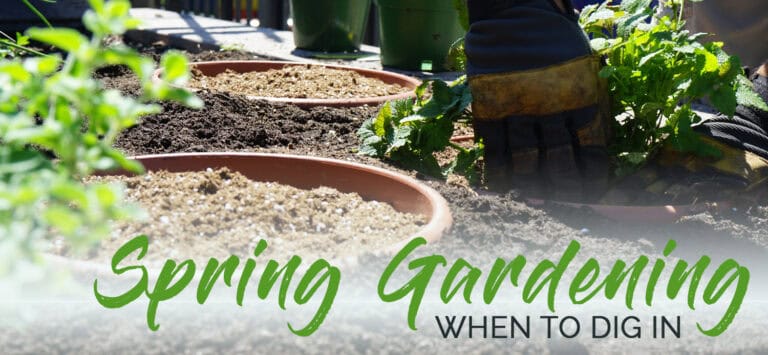
March 25, 2021
Here in Wisconsin, the spring season can be a bit of a tease. Just when you think it must finally be here for good, you wake up one April morning to find your lawn covered in a fresh blanket of snow. After a long winter, though, most of us can’t wait to get out into…
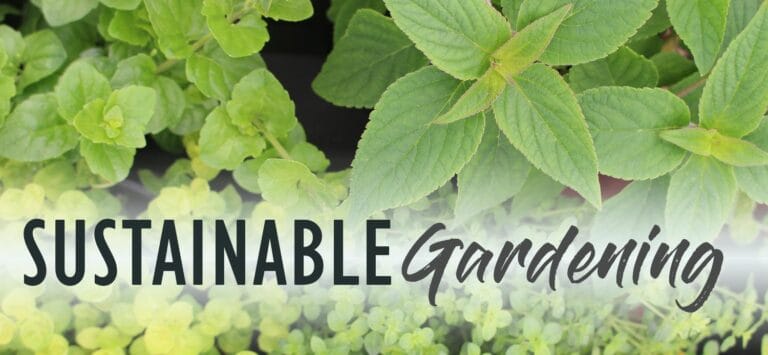
March 11, 2021
The term “sustainable gardening” may sound daunting at first, but it really boils down to a simple concept: enhancing your space while choosing methods that cause little harm to it. Concern for our environment and the desire to protect and preserve our world for future generations has prompted us to learn, explore, and implement sustainable…
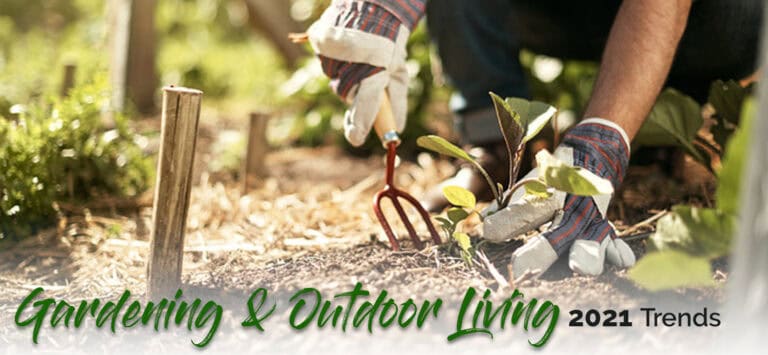
March 8, 2021
Spring is nearly here and we can’t wait to get back outdoors! 2020 brought with it a huge surge of interest in gardening, outdoor living, and other home-related activities. In 2021, we’ll see the influence of this evolving appreciation as we dig back in to the spring season! Sustainable gardening is the idea of using…
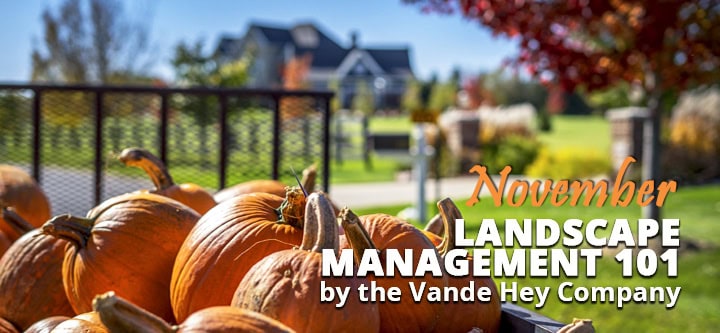
October 23, 2020
Beautiful autumn days mean comfortable working temperatures and hopefully time to continue prepping for winter. The more you do now, the easier things will be in the spring! Put things away, organize, protect, and enjoy the remaining fruits of your hard labor throughout this past year! EARLY NOVEMBER MID NOVEMBER LATE NOVEMBER

October 21, 2020
The weather is cooling and, for many of us, we find ourselves moving increasingly toward indoor hobbies and activities. If you’re an avid gardener, though, this can be a tough transition that leaves you itching to dig in the soil, quietly nurture your garden, and watch your plants grow and thrive. A growing trend in…
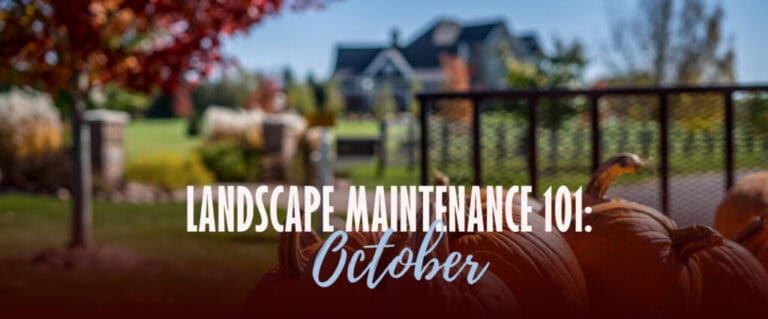
September 28, 2020
Winter is coming! Living in Wisconsin, we are accustomed to winter showing up early so, whether we like it or not, it is time to start preparing. Even light frosts can pose dangers for more tender plants like your begonias, tomatoes, and peppers. Be prepared ahead of time so you do not get caught off…

September 9, 2020
Dreaming about fall colors, cool autumn temperatures, and pumpkin-flavored everything? As we near our colorful fall season and the temperature begins to drop at night, now is the time to start thinking about your fall containers! Keep an eye out for plants with a disposition toward fall blooming and a tolerance for cooler temperatures so…

September 1, 2020
As we enter into September, the heat of summer will finally begin to diminish as we enjoy cooler evening temperatures. The cooler temperatures create a great opportunity for some transplanting, sowing grass seed, and utilizing various herbicides as we continue to enjoy harvesting various fruits and vegetables. Let’s dive into our September Landscape Management 101….
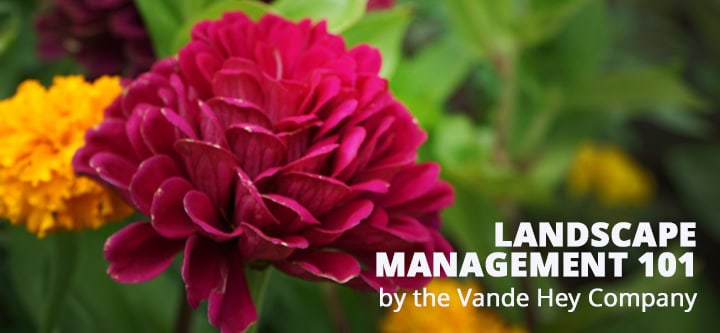
July 30, 2020
One more month of heat to go before things start cooling off! Luckily, August brings a lighter workload with a focus on continuing basic upkeep and spraying your favorite plants regularly to protect them until the feeding frenzy ends. Once the night temperatures begin to drop later in September many pests will return to the…

July 7, 2020
Things are heating up and summer is moving full force ahead. Along with the heat, keeping things hydrated and battling disease will be our biggest challenge. Don’t forget to keep yourself hydrated as well as you move forward with your July Landscape Management 101! EARLY JULY MID JULY LATE JULY As always, let us know…

June 30, 2020
On a hot and sunny holiday like the Fourth of July there are few things more satisfying than a light and fresh cocktail. We love to mix our cocktails with fresh garden herbs and fruits to make the perfect red white and boozy cocktail. Here are two of our favorites with a special holiday twist!
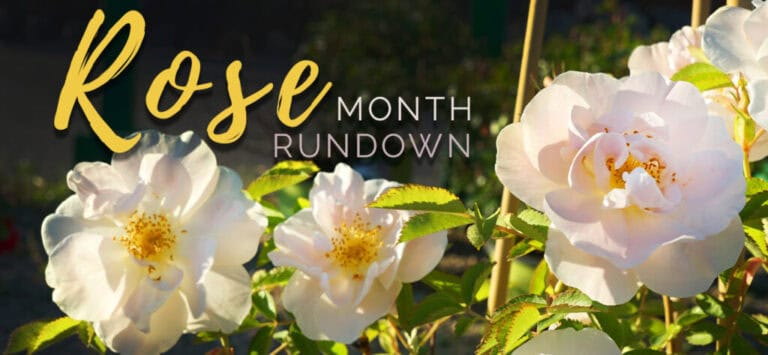
June 18, 2020
June is Rose Month—a time to celebrate one of the most iconic and beloved flowers in the garden. With their vibrant blooms and unmistakable fragrance, roses have long symbolized love, passion, and beauty. From classic literature to pop culture, their presence is everywhere—and for good reason. While roses are sometimes seen as high-maintenance, a little…

June 5, 2020
June is Rose Month, so let’s work hard, but don’t forget to stop and smell the roses! We are saying goodbye to the spring and hello to the start of summer! We will also be saying hello to gorgeous annual and perennial flowers and unfortunately the pests that come along with the warmer weather. Let’s…
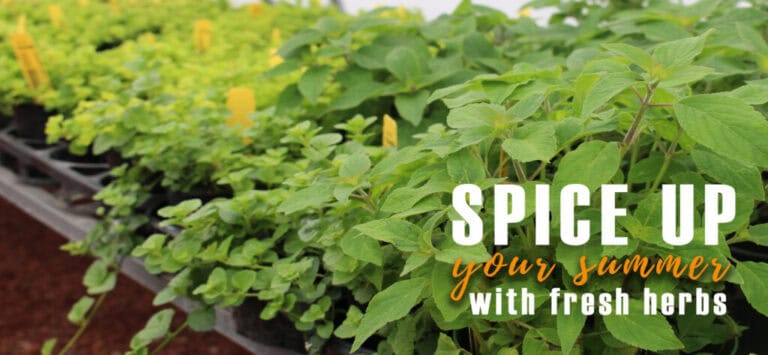
June 3, 2020
Nothing says “Summer” like the taste of a cool, freshly-muddled drink or the savory aroma of a crisp, garden dish on a hot night. The use of herbs can enhance just about any meal or drink and growing your own will supply you with a bounty of flavorful ingredients, attractive plantings, and gorgeous patio aromas…
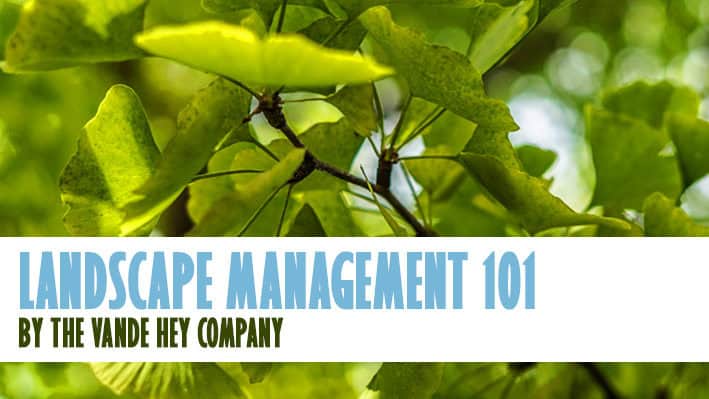
May 6, 2020
The weather is finally warming up, spring is in the air, and we cannot wait to get to work in our gardens! We survived the “April in Wisconsin Gauntlet” and all 5,236 different types of weather it threw at us. Now it is May! Everything is greener, brighter, and warmer! Let’s get to work! EARLY…





















